How to Seal Windows for Winter?
Important Point
When the climate drops and the calm wind begin to move, you’ll want to see how to finish those plan coming in through your windows. Here’s what we suggest.
Depending on the duration and situation of your home, you could be missing up to 30% of your warmth through your windows.
One of these friendly wastes is through the glass in the shape of a heater. Cover or other close-fitting window protection will lessen this warm fact. But a lot of warmth is also missing through broken around the window or through space in the window to exclude the cold.
Fastening the break and restoring or joining the climate-stripping is the best process to prevent these cracks. And it’s usually the most price-efficient process to protect energy.
A pipe of block used to fasten space around a window will suffer a few times over in life protection. But how do you know where to begin? Here is one point for how to lock the window for winter:
Cheapest Way to Insulate Windows for Winter
1. Block (Caulk) Around the Inside Trim
On a chilly, fresh day, the atmosphere around your windows applies to control where the air is covering. Examine the surface border of the window shape.
You can also work a piece of wood on fire spice and watch the exhaust as you proceed it around your window.
Close around the cut with a block. If your amount is colored, use a block that equals the paint of the cut. A watercolor latex block is excellent for this work. This lead will assist you in selecting the correct block for the position.
An added resist or dual for excellent standard caulk is cash well finished. If your cut is uncolored wood, view for close that dries fully of that equal the screen paint.
And a single last thing when you get ready, the close pipe by trimming off the point, check out to detach just enough to design a very narrow starting about the size of one part of linguine.
It will permit you to develop a small, trim bead without much additional washup.
2. Restore or Add to Climate (Weather) – Stripping
After examining the window frame for crack, change the position to the window as such. A building air crack is everywhere. The portable bit of the window touches the window mold.
Naturally, when the window was brand-new, these spaces ended with climate stripping. But climate stripping and moving window size can open extra holes. Here’s where a few operative jobs are in the structure.
If you’re successful enough to possess or find the new of your window, you can be good to touch the building to replace bits. In a few instances, the weather stripping is easily placed in a narrow cut and can be moved smoothly out and restored if cracked.
But if you can’t find repair climate stripping. Or ample space has a star that can’t be closed by the natural weather stripping.
Then you’ll have to view for a join-on kind end that will job. Equipment stores and house bases have an extensive choice, and you’re walking to find a single that will make a move.
3. Seal the Outside with Caulk
A quantity of soft material that fills any space on the outside border of your windows with close will assist in stopping air leakage and has the joined good of keeping water out of your barriers.
This method will only work with siding vinyl, though the vinyl makes it more significant and touch too much and usually is held in a channel that builds it too close anyway.
But it pays to complete the area between the outside cut and consent with close for most other kinds of support.
Suppose you’re an expert with an airless gun and don’t mind working a labile solid such as mineral soul to wash up.
In that case, urethane-build caulk provides a single, lengthy-lasting mixture, but any excellent-quality surface close will do real work. Examine this group of points and tricks to build exterior caulk last long.
How to Seal Windows for Winter?
For windows that you won’t open until spring, seal them shut with temporary caulking, which you can press into place, and easily peel off when winter is over. To block cold air from blowing in around an electrical outlet, remove the cover plate and press a soft-rubber gasket over the outlet.
How to Keep Cold Air from Coming Through Windows
4 Cheap Ways to Prevent Cold Air Coming Thru your Windows this Winter
- Install weather stripping around your windows.
- Caulk around windows to fill the gaps in the frame.
- Installing insulating window film is an inexpensive upgrade.
- Hang insulated curtains to keep cold air from coming thru your windows.
How to Seal Windows for Winter from Outside?
Caulking
- Use a knife to scrape any old caulk or peeling paint off exterior or interior window edges. Clean off any debris.
- Fill a caulking gun with silicone caulking.
- Apply caulk between the window frame and siding.
- Allow the caulk to dry and cure overnight.
- Repeat as needed on more windows.
How to Seal Rv Windows for Winter?
Perhaps the most effective (and most popular) way to insulate RV windows is to cover them with Reflectix. This stuff is excellent at trapping heat in the winter and blocking out heat and sunlight in the summer.
How to Fix Drafty Windows?
If you’re looking for the best solutions to fix drafty windows and improve efficiency, here are six simple methods to consider:
- Repair, replace, or add new weatherstripping.
- Get a window draft stopper.
- Cover cracks with nail polish.
- Wrap the windows with film.
- Reglaze the window panes.
- Use interior storm windows or inserts.
How to Stop Draft from Window?
If you need to stop drafty windows today, there are a few temporary fixes you can use in the short term to help stop window drafts.
- Hang curtains and blinds.
- Use homemade draft stoppers.
- Upgrade your weather-stripping.
Why Is Sealing Windows Important for Winter?
Sealing windows is crucial during winter to prevent heat loss and cold drafts from entering your home. Properly sealed windows can significantly improve energy efficiency and keep your living space warmer.
What Percentage of Heat Can Be Lost Through Windows?
Depending on your home’s situation, you could lose up to 30% of heat through your windows. This can lead to increased energy bills and discomfort during colder months.
What Are Some Common Sources of Heat Loss Through Windows?
Heat loss through windows can occur due to gaps around the window frame, poor insulation, and even through the glass itself. Cracks, broken seals, and inadequate weather-stripping contribute to this issue.
What’s the Most Cost-Effective Way to Seal Windows?
The most cost-effective method is to use caulking to seal gaps around the inside trim of windows. Applying caulk helps prevent air leaks and can be an easy DIY solution.
How Do I Caulk Around the Inside Trim of Windows?
Examine the window frame for gaps, then choose a color-matching caulk. Apply the caulk along the gaps and cracks using a caulk gun. Be sure to trim the caulk bead to create a neat and narrow seal.
Like this post? Share it with your friends!
Suggested Read –
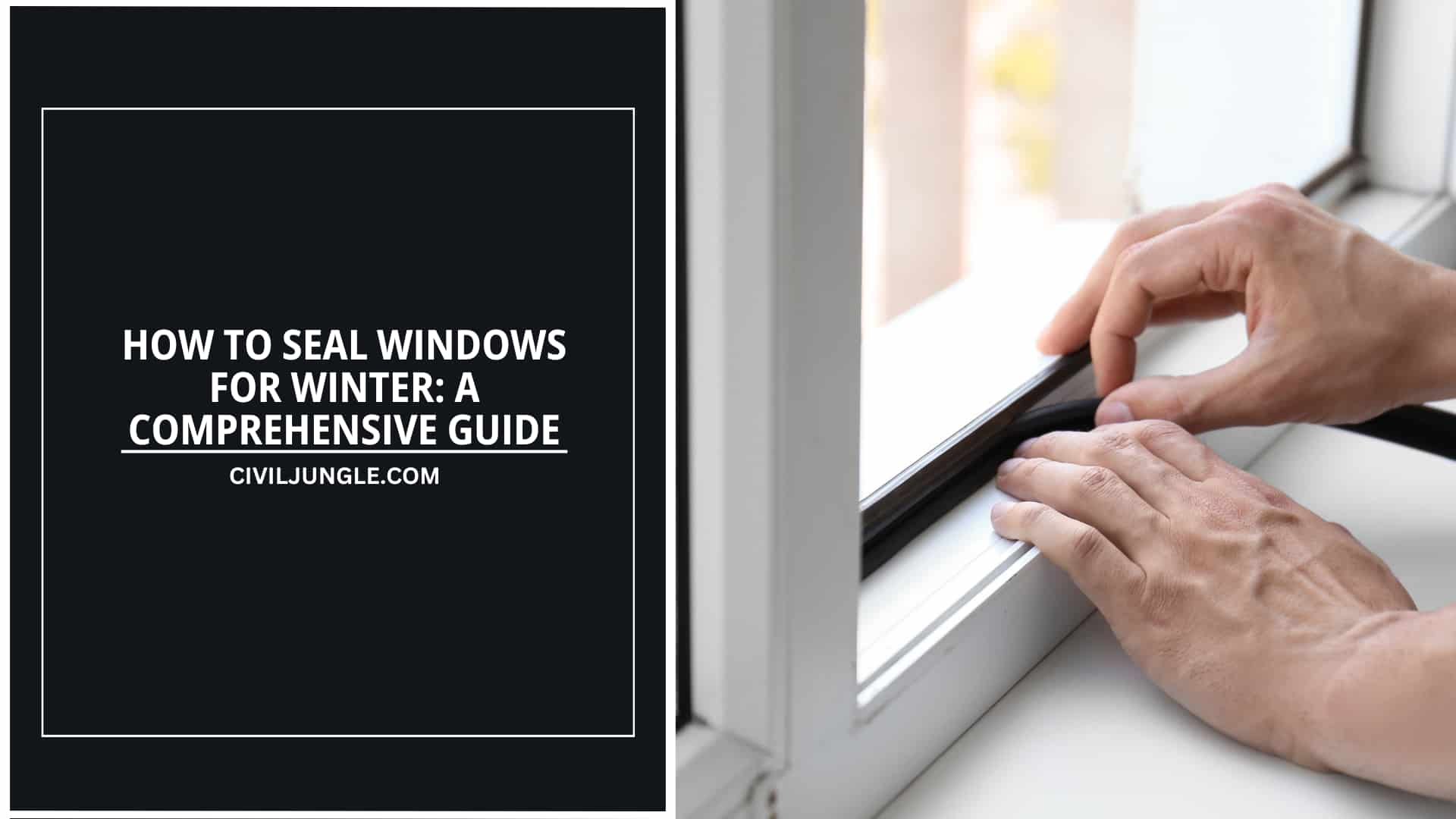
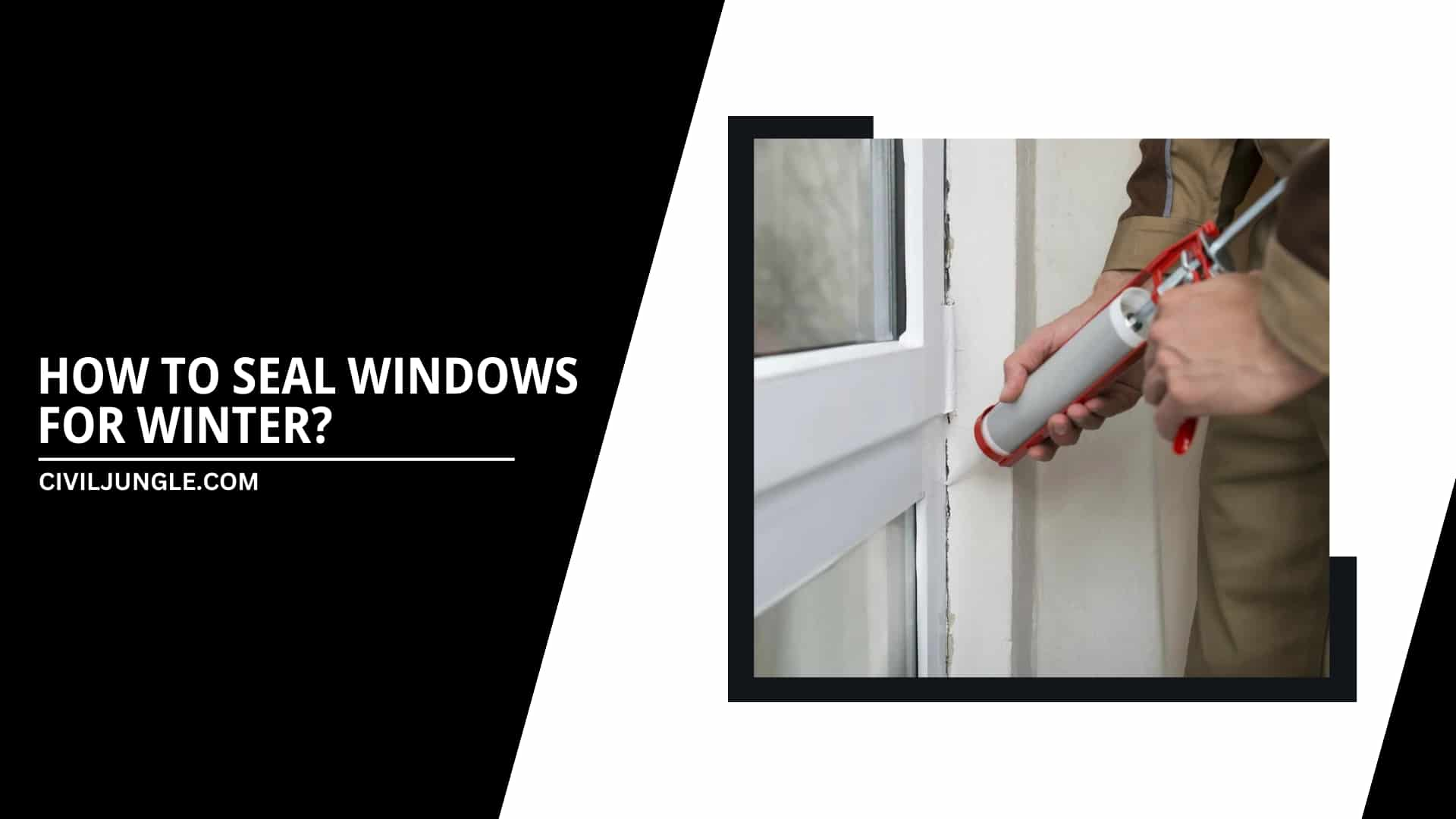
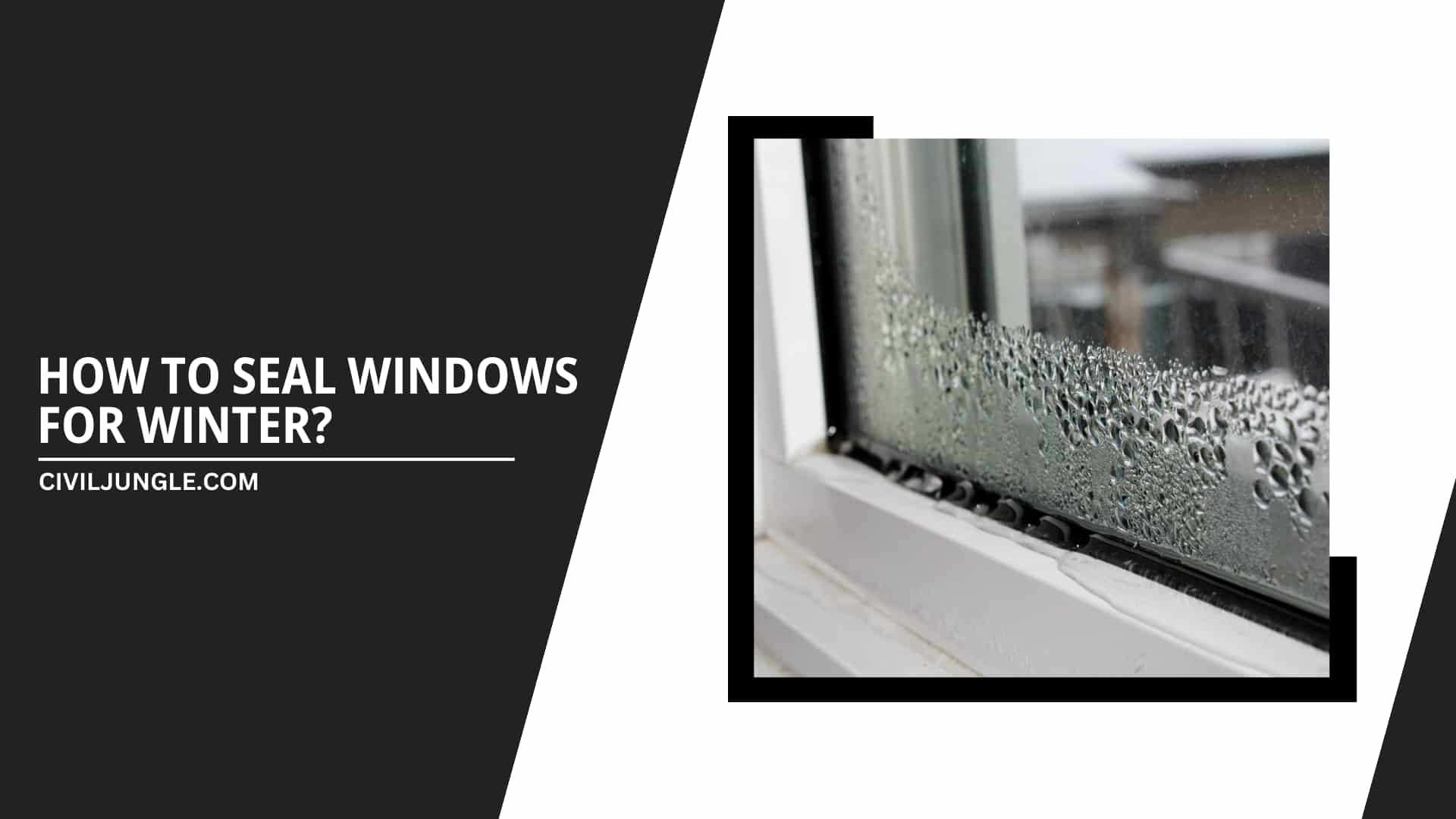

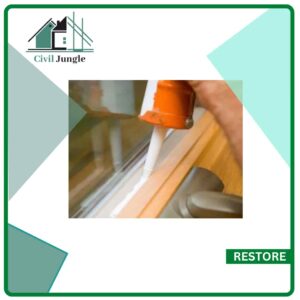
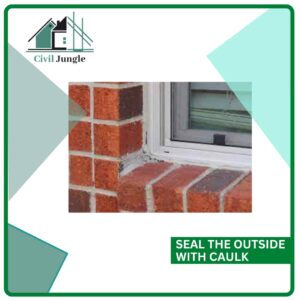

Leave a Reply